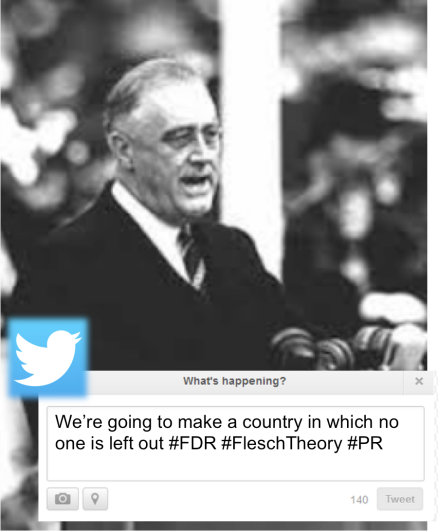Spoiler alert: I’m going to tell you my super awesome, top-secret interactive portion of my presentation for tonight’s final class of Marketing 322.
It’s called…Poll Everywhere.
This website, called Poll Everywhere, allows presenters to interact with their audience in a dynamic way. It also creates an awesome opportunity for presenters to receive instant feedback about what they’re talking about from audience members. This allows presenters then to customize their presentations to cater to the specific audience.
Poll Everywhere is a website that works somewhat like a Powerpoint. You can customize the look and feel of your slides, and present questions to the audience that you want them to answer. A question we asked, for example, was “As a young working professional, how likely would you be to utilize a dog walking, running, and hiking service?” Our classmates will then be able to text either in a shortcode with their response, or logging onto the website and submitting their response. It is so dynamic that you can tweet your response to the question as well. The responses show up on the presentation on the screen, and is a great opportunity to receive instant feedback from audiences.
This merging of all these different options for respondents to share their ideas is an example of digital convergence. Our textbook states, “Digital convergence refers to the profound changes in the structure of media caused by the emergence of digital technologies as the dominant method for representing, storing, and communicating information.” This term explains just how dynamic services like Poll Everywhere really are, and how digital convergence provides so many different options for presenters and audience members and for technology users overall in today’s society.









